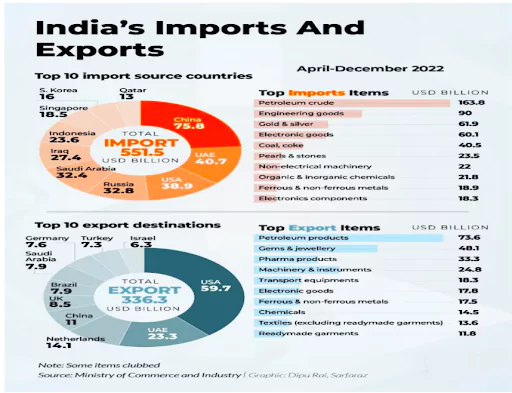![]() April 5, 2024
April 5, 2024
![]() 8611
8611
![]() 1
1
Balance of Payment is a systematic record of all economic transactions between the residents of one country with the residents of the other country in a financial year. It consists of balance of trade, balance of current account and capital account.
|
Actions which the government can take to reduce the current account deficit [UPSC 2011]
|
|

RoDTEP
|
External Commercial borrowings
|
|
Government Initiatives to promote trade
|
| Must Read | |
| Current Affairs | Editorial Analysis |
| Upsc Notes | Upsc Blogs |
| NCERT Notes | Free Main Answer Writing |
<div class="new-fform">
</div>
Thankyou for sharing this blog. This is very informative for me. If any one looking for trade current account then content to Myforexeye.